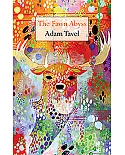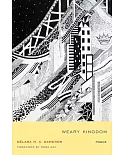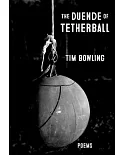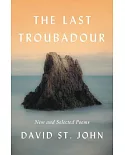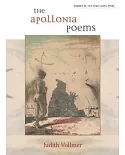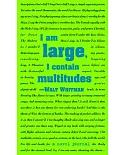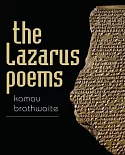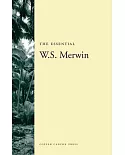In the summer of 1854, Longfellow wrote in his diary: "I have at length hit upon a plan for a poem on the American Indians, which seems to me the right one and the only. It is to weave together
their beautiful traditions as whole." What emerged the next year was "The Song of Hiawatha," a composite of legends, folklore, myth, and characters that presents, in short, lilting trochees,
the life story of a real Indian, who provides the focus for the narrative thread of this epic drama of high adventure, tragedy, and conflict. The aim was not to tell a particular or specific
story, but to unite the strands of various Indian legends, to present a sympathetic portrait of many Native American tribes, and especially to disclose their profound relationship with the
natural world.



